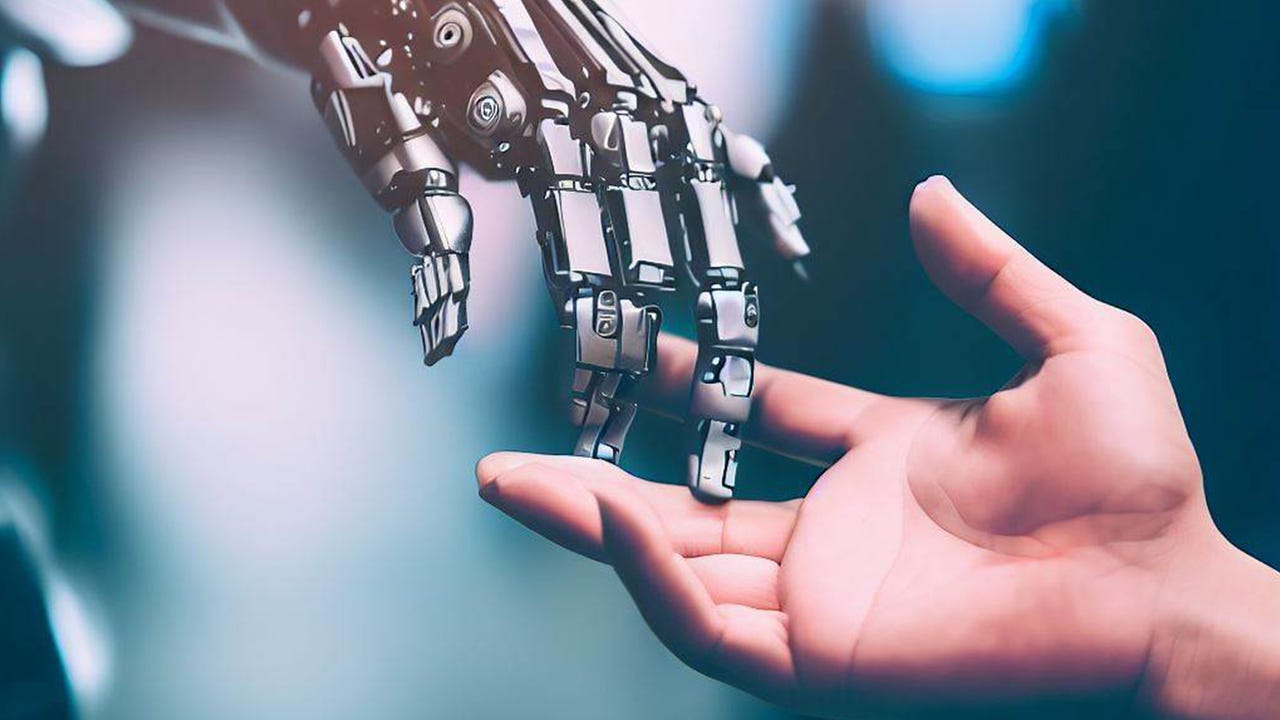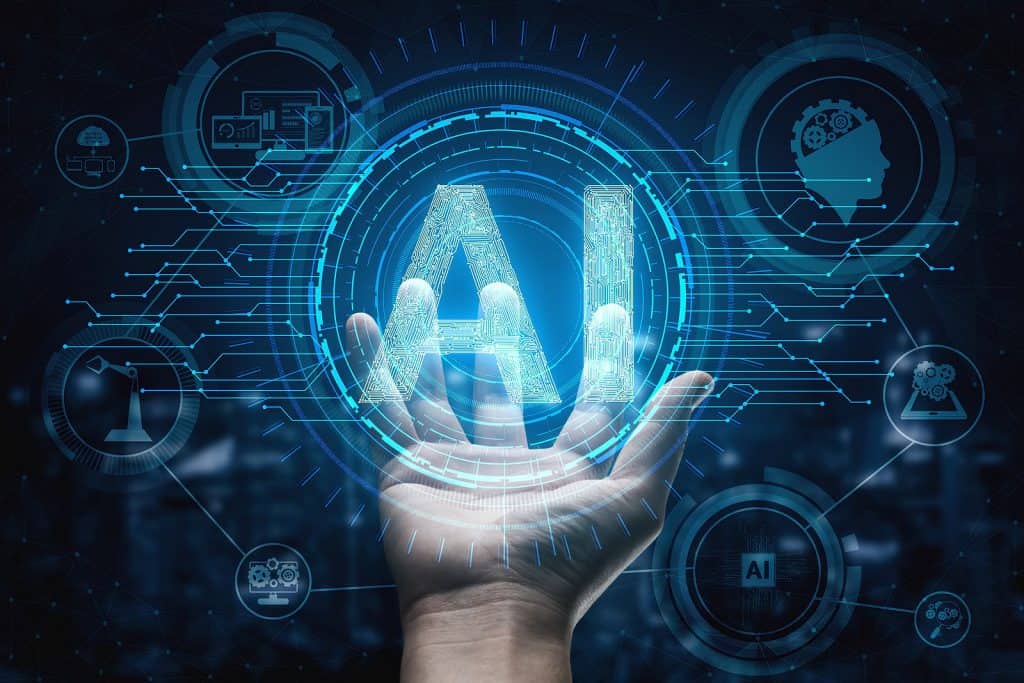From Information to Creativity: Exploring the Impact of Generative AI in the Area of Expert System
With the introduction of generative AI, a new era is emerging, one that explores the junction of data and imagination. By harnessing the power of generative AI, we can open the ability for devices to create creative and initial web content. Join us as we discover the interesting trip from information to creativity, and find the extensive impact generative AI might have on the future of fabricated knowledge.
The Rise of Generative AI
Generative AI has arised as an innovative area in expert system, changing the means machines create new web content and engage with the globe. Over the last few years, there has been a substantial surge in the popularity and application of generative AI techniques. These methods make it possible for equipments to autonomously create brand-new and distinct web content, such as photos, songs, and message, without specific human input.
One of the crucial aspects adding to the rise of generative AI is the availability of diverse and large datasets. With the development of the web and the expansion of electronic material, huge amounts of data are now accessible to AI systems. This abundance of data provides the necessary resources for training generative AI versions, permitting them to find out and mimic human imagination.

Furthermore, the boosted computational power and the schedule of specialized hardware, such as graphical processing systems (GPUs), have actually played an important role in the increase of generative AI. These advancements have encouraged AI systems to procedure and assess vast amounts of data, allowing them to create material promptly and efficiently.
Changing Creative Industries
The expanding capabilities of generative AI, fueled by improvements in deep understanding algorithms and computational power, have resulted in a transformative effect on innovative markets. This innovation has reinvented the method innovative experts function, opening new possibilities and pushing the boundaries of human creativity.
Generative AI has actually allowed musicians to check out brand-new worlds of creative thinking by using them devices that can generate distinct and novel content. In the area of aesthetic arts, generative AI algorithms can evaluate existing art work and produce brand-new items based on the design and attributes of the input. This not only saves time but also increases the innovative possibilities, allowing musicians to explore different designs and methods.
In the music sector, generative AI has also had a significant influence. It can make up new tunes and harmonies, creating songs that was previously inconceivable. This innovation can even resemble the design of popular artists, allowing the creation of brand-new tunes that seem like they were composed by musicians who have actually long died.
Moreover, generative AI has found applications in other imaginative fields, such as fashion and layout. It can generate new clothing layouts, indoor layouts, and building principles, supplying developers with a wealth of motivation and increasing the creative procedure.
Nonetheless, while generative AI provides amazing opportunities, it likewise elevates ethical questions and difficulties traditional concepts of authorship and creative thinking. As this innovation remains to create, it is important to strike an equilibrium between human imagination and the capacities of AI, guaranteeing that the final outcome mirrors the purposes and imaginative vision of the human creator.
Enhancing Human-Computer Collaboration
Collaboration between computers and people is being improved with the combination of generative AI, bring about a brand-new period of imaginative opportunities. With the innovations in expert system, human beings are currently able to function carefully with computer system systems to accomplish results that were previously unthinkable. Generative AI, a subset of AI that concentrates on creating brand-new web content, has actually changed the means people and computers work together.
Generative AI allows computers to generate content, such as images, songs, and message, based upon examples and patterns offered by humans. This collaboration allows human beings to utilize the computational power of AI systems to improve their innovative processes. As an example, musicians can utilize generative AI to generate brand-new visual ideas or explore various styles, while artists can develop special compositions by collaborating with AI-generated tunes.
Moreover, generative AI can assist in jobs that need huge quantities of information handling, such as data evaluation and pattern recognition - generative ai company. By integrating AI systems into the collaboration procedure, people can take advantage of the computational abilities of AI to assess complex datasets and remove meaningful understandings
However, to make certain successful cooperation between people and computers, it is important to develop a clear understanding of the roles and obligations of each party. People must offer the essential assistance and competence, while AI systems can assist in the innovative procedure by creating choices and opportunities. This collaboration in between people and computers opens brand-new avenues for advancement and creative thinking, pushing the limits of what is feasible in numerous fields.
Ethical Ramifications of Generative AI
As we explore the ethical ramifications of generative AI, it comes to be apparent that this revolutionary modern technology raises considerable issues and factors to consider. Generative AI systems have the capacity to create, generate, and imitate human-like material, such as pictures, videos, and message. While this has opened up brand-new opportunities and chances in different areas, it has actually likewise stimulated conversations about the potential misuse and moral problems connected with such modern technology.
Among the main concerns is the potential for deepfakes, which are manipulated or look at these guys fabricated media that can deceive and misguide people. With generative AI, it becomes easier for malicious stars to develop convincing deepfakes, resulting in false information, reputational damages, and also political control. This presents a risk to the count on we place in digital media and can have significant consequences for individuals and cultures.
Another moral factor to consider rotates around the issue of intellectual residential or commercial property. Generative AI systems can produce initial content that might infringe upon copyright legislations or raise inquiries concerning ownership and attribution. Establishing the rights and responsibilities in such circumstances comes to be a complicated task, specifically when AI-generated material is tantamount from human-created material.
Furthermore, generative AI has the possible to continue and amplify existing prejudices and discrimination present in the training information. If the data made use of to train these systems has biased details, the produced content may mirror and continue those prejudices, causing discriminatory or unjust end results.
Along with these problems, there is likewise a demand to consider the effect of generative Click Here AI on safety, authorization, and privacy. AI systems can collect, examine, and utilize large quantities of individual data, bring about prospective breaches of privacy and worries concerning data security. The approval of individuals whose data is made use of to train and boost these systems must be very carefully dealt with More Help to make certain moral techniques.

Future Potential Customers and Challenges
The potential applications of generative AI are large and differed. Furthermore, generative AI has the possible to enhance human-computer communication by creating more intelligent and responsive virtual assistants and chatbots.

One more challenge is the demand for more sophisticated formulas and computational power to improve the high quality and performance of generative AI systems. The current restrictions in training time and computational sources hinder the extensive fostering of generative AI in real-world applications.
Verdict
Moral effects bordering generative AI needs to be thoroughly thought about and dealt with. Looking ahead, future leads and obstacles exist in additional exploring the potential of generative AI and finding an equilibrium in between imagination and ethical factors to consider.
Generative AI has actually arised as a cutting-edge area in synthetic intelligence, revolutionizing the means makers generate brand-new material and communicate with the world. generative ai company.Generative AI has actually enabled artists to discover new worlds of imagination by providing them devices that can produce novel and one-of-a-kind web content. Generative AI, a part of AI that focuses on creating brand-new material, has transformed the means people and computer systems work together
Generative AI systems have the capacity to produce, generate, and resemble human-like material, such as photos, videos, and message. Generative AI systems can create initial content that might infringe upon copyright laws or increase inquiries regarding ownership and acknowledgment.
Comments on “Crafting the Future: Comprehending the Dynamic Generative AI Company Landscape”